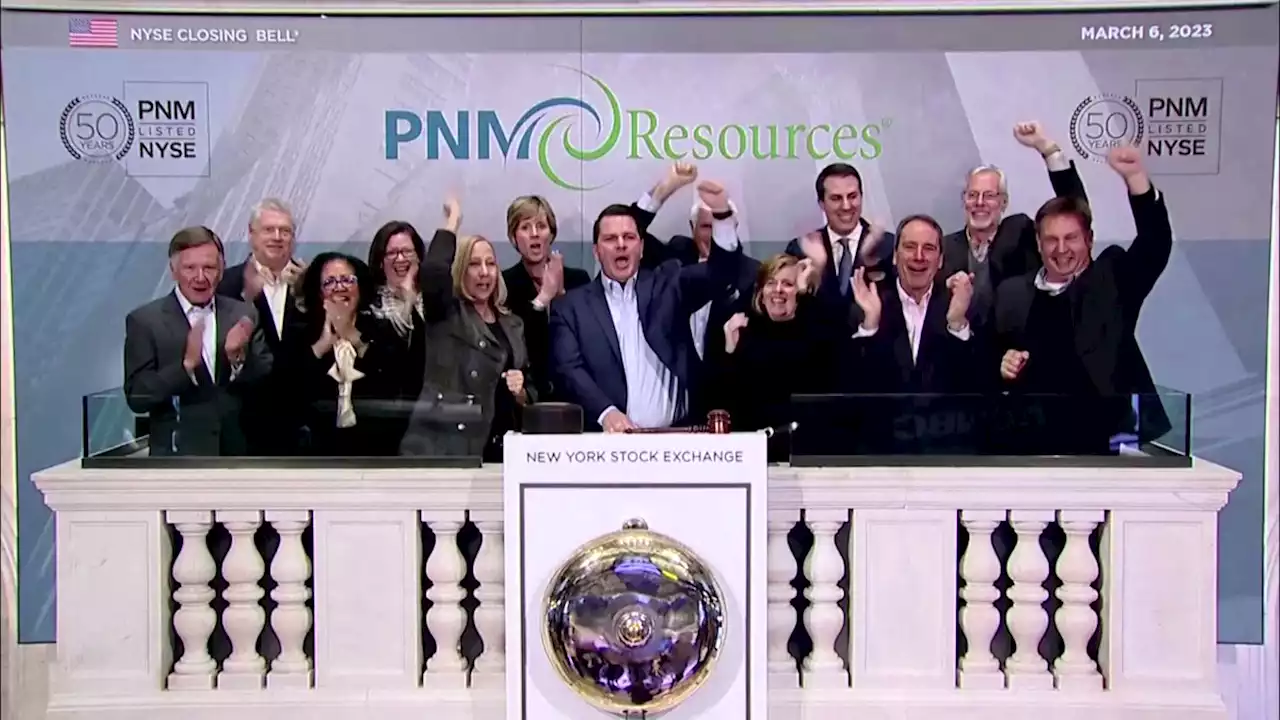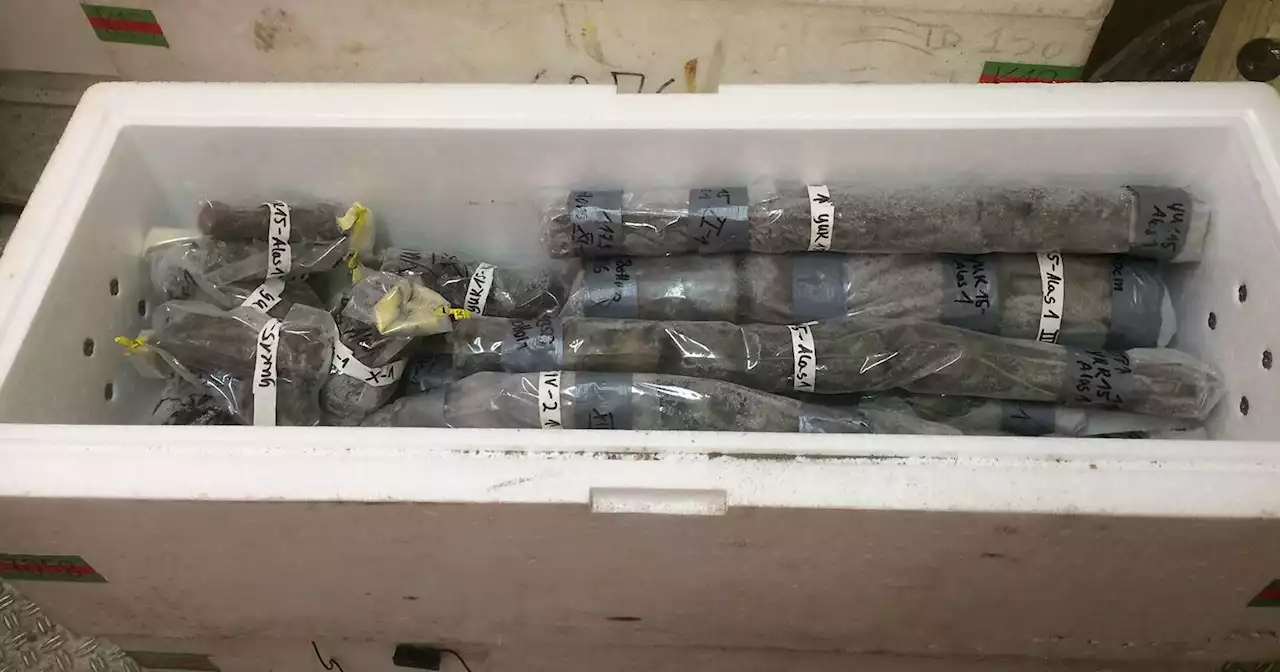To better understand the risks posed by frozen viruses, a French professor of medicine and genomics has tested earth samples taken from Siberian permafrost. He's in search of what he describes as 'zombie viruses' — and he has found some.
Warmer temperatures in the Arctic are thawing the region's permafrost — a frozen layer of soil beneath the ground — and potentially stirring viruses that, after lying dormant for tens of thousands of years, could endanger animal and human health.
The reason permafrost is a good storage medium isn't just because it's cold; it's an oxygen-free environment that light doesn't penetrate. But current day Arctic temperatures are warming up to four times faster than the rest of the planet, weakening the top layer of permafrost in the region. In 2014, he managed to revive a virus he and his team isolated from the permafrost, making it infectious for the first time in 30,000 years by inserting it into cultured cells. For safety, he'd chosen to study a virus that could only target single-celled amoebas, not animals or humans.
"We view these amoeba-infecting viruses as surrogates for all other possible viruses that might be in the permafrost," Claverie told CNN. An anthrax outbreak in Siberia that affected dozens of humans and more than 2,000 reindeer between July and August in 2016 has also been linked to the deeper thawing of the permafrost during exceptionally hot summers, allowing old spores of Bacillus anthracis to resurface from old burial grounds or animal carcasses.
Chances of viral spilloverOf course, in the real world, scientists don't know how long these viruses could remain infectious once exposed to present-day conditions, or how likely the virus would be to encounter a suitable host. Not all viruses are pathogens that can cause disease; some are benign or even beneficial to their hosts. And while it is home to 3.6 million people, the Arctic is still a sparsely populated place, making the risk of human exposure to ancient viruses very low.
Using a computer model analysis, they suggested the risk of viruses spilling over to new hosts was higher at locations close to where large amounts of glacial meltwater flowed into the lake — a scenario that becomes more likely as the climate warms. Dothan News Photos: Sled dogs train and play in warming Arctic Those possible dangers included buried waste from the mining of heavy metals and chemicals such as the pesticide DDT, which was banned in the early 2000s. Radioactive material has also been dumped in the Arctic — by Russia and the United States — since the advent of nuclear testing in the 1950s.
United States Latest News, United States Headlines
Similar News:You can also read news stories similar to this one that we have collected from other news sources.
 S&P 500 ends slightly higher ahead of Powell testimony, upcoming dataThe S&P 500 made little progress on Monday, closing slightly higher than its session low as U.S. Treasury yields pulled higher with investors braced for this week's testimony from Federal Reserve Chair Jerome Powell and the February jobs report.
S&P 500 ends slightly higher ahead of Powell testimony, upcoming dataThe S&P 500 made little progress on Monday, closing slightly higher than its session low as U.S. Treasury yields pulled higher with investors braced for this week's testimony from Federal Reserve Chair Jerome Powell and the February jobs report.
Read more »
 Bitcoin Outperforms NASDAQ, S&P 500, Dow Jones, and Gold CombinedBitcoin has surpassed the NASDAQ, S&P 500, Dow Jones, and gold combined in terms of year-to-date return
Bitcoin Outperforms NASDAQ, S&P 500, Dow Jones, and Gold CombinedBitcoin has surpassed the NASDAQ, S&P 500, Dow Jones, and gold combined in terms of year-to-date return
Read more »
 NASCAR star, former Daytona 500 champ says he hit it big in PowerballThe Daytona 500 champ said the first Powerball ticket he ever bought paid off big time.
NASCAR star, former Daytona 500 champ says he hit it big in PowerballThe Daytona 500 champ said the first Powerball ticket he ever bought paid off big time.
Read more »
 S&P 500 Index: Bear market rally will likely fail once again – Morgan StanleyWhile equity markets continue to rally, the key to the end of the bear market may be in the fundamentals, Mike Wilson, Chief Investment Officer and Ch
S&P 500 Index: Bear market rally will likely fail once again – Morgan StanleyWhile equity markets continue to rally, the key to the end of the bear market may be in the fundamentals, Mike Wilson, Chief Investment Officer and Ch
Read more »
 Rivian Cuts Almost 500 Jobs In California To Save Cash | CarscoopsRivian Cuts Almost 500 Jobs In California To Save Cash | Carscoops carscoops
Rivian Cuts Almost 500 Jobs In California To Save Cash | CarscoopsRivian Cuts Almost 500 Jobs In California To Save Cash | Carscoops carscoops
Read more »
